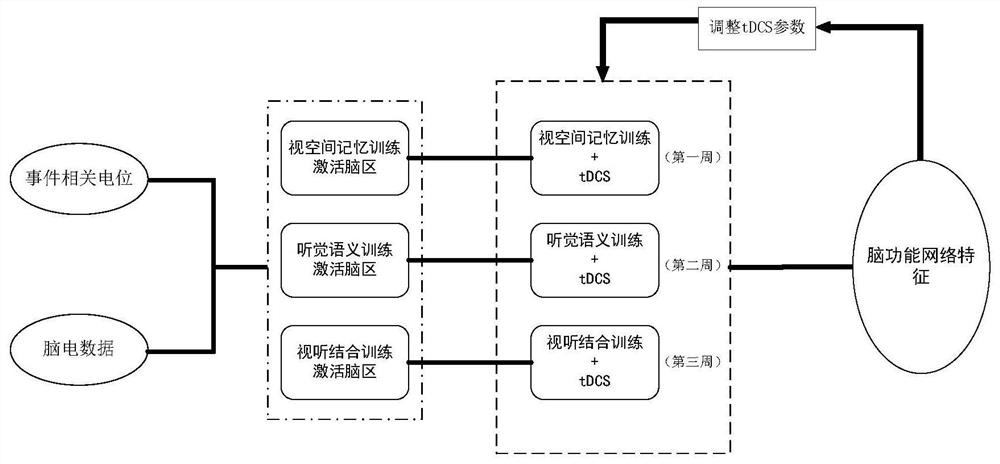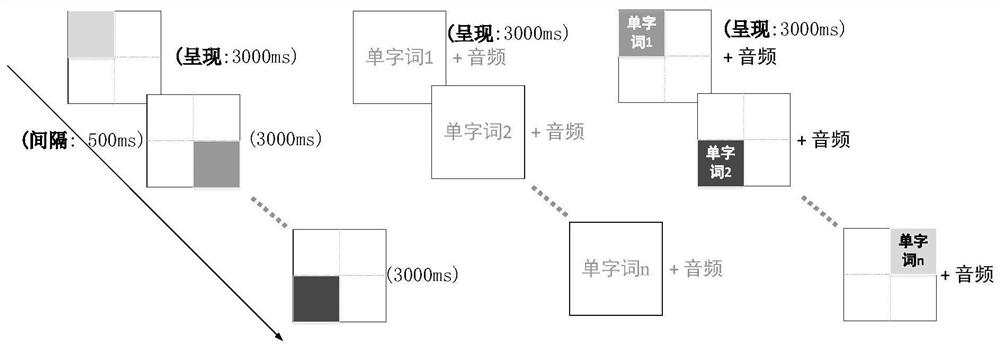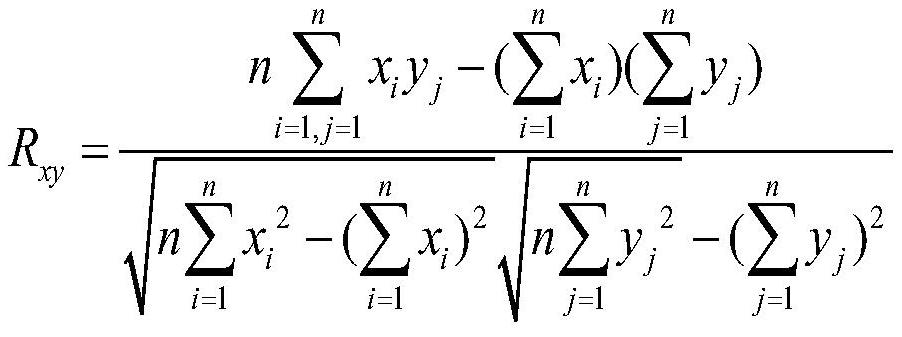Auxiliary memory system based on transcranial direct current stimulation
A memory system and direct current technology, applied in the field of pattern recognition, can solve the problems of staying in the improvement effect, poor memory effect, and lack of reasonable stimulation position and intensity, so as to achieve the effect of improving the effect.
- Summary
- Abstract
- Description
- Claims
- Application Information
AI Technical Summary
Problems solved by technology
Method used
Image
Examples
Embodiment Construction
[0033] Below in conjunction with accompanying drawing, the present invention will be further explained;
[0034] An auxiliary memory system based on transcranial direct current stimulation includes an electric stimulator, an acquisition device and a training device.
[0035] The electric stimulator is a transcranial direct current electric stimulator. The anode electrode and the cathode electrode are placed in different brain regions of the user, and the position, duration and intensity of the stimulation are adjusted according to the information collected by the collection device. The collection device collects the EEG signals of the user in different states through the EEG collection cap, constructs a brain function network, and provides reference for parameter adjustment of the electric stimulator and the training device. The training device includes computer screen and audio, and three different training modes are set according to Baddeley's multi-component model.
[0036...
PUM
 Login to View More
Login to View More Abstract
Description
Claims
Application Information
 Login to View More
Login to View More - R&D
- Intellectual Property
- Life Sciences
- Materials
- Tech Scout
- Unparalleled Data Quality
- Higher Quality Content
- 60% Fewer Hallucinations
Browse by: Latest US Patents, China's latest patents, Technical Efficacy Thesaurus, Application Domain, Technology Topic, Popular Technical Reports.
© 2025 PatSnap. All rights reserved.Legal|Privacy policy|Modern Slavery Act Transparency Statement|Sitemap|About US| Contact US: help@patsnap.com



